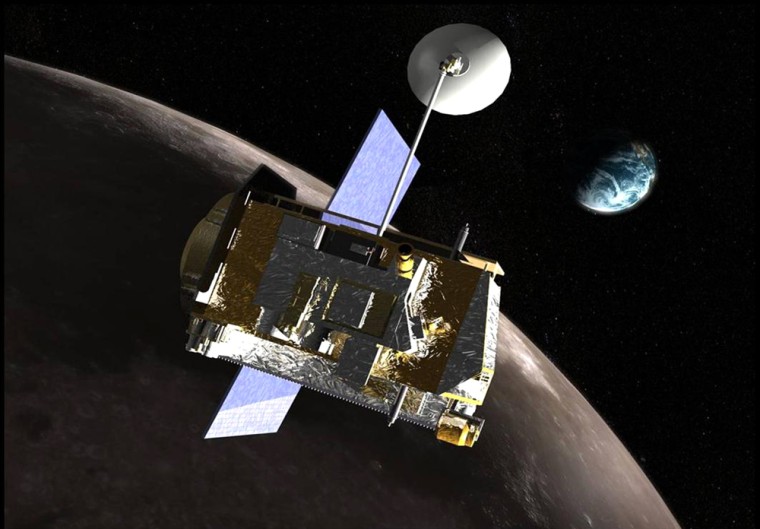At a spacecraft factory down the road from Kennedy Space Center in Florida, a small robotic probe is being prepared to fly to the moon. Its mission: map the lunar surface so NASA can find safe landing spots for astronauts.
But that may be the least of its worries.
A report issued last week by the Congressional Budget Office warns that the new manned space initiative, called Constellation, which is intended to follow the space shuttle and space station programs, is likely to cost about 50 percent more than advertised.
The analysis is based on NASA's track record. Of 72 past programs, budget overruns averaged 50 percent, the CBO found, including 14 projects that nearly doubled in cost.
"I think (CBO) got the trend and the big picture right," said Klaus Dannenberg, executive administrator with the American Institute of Aeronautics and Astronautics, a Washington-based trade organization. "But I wouldn't hang my hat on specific number because of the nature of the industry, the unknowns that we face and the surprises that come up."
NASA at least is starting off its Constellation program on stable financial ground. The bill for the Lunar Reconnaissance Orbiter, which is slated for launch June 2 aboard an unmanned Atlas 5 rocket, should come in at under $600 million — about 10 percent over budget due to a launch delay from 2008, but within a cap that includes a 25 percent cushion, said project manager Craig Tooley, with NASA's Goddard Space Flight Center in Greenbelt, Md.
"It was very important to us" to stay on budget, Tooley told Discovery News.
NASA plans to operate LRO for a year to draw up detailed maps of the moon's surface, then turn the probe over to its science department for a few years of follow-on investigations.
Of particular interest is whether there is frozen water in craters on the moon's poles. "That's the most intriguing question we'll answer," Tooley said.
NASA conducted a series of six lunar excursions between 1969 and 1972 under the Apollo program. The best images of the moon are still the photos that the astronauts shot during their visits, although those were limited to the lunar equatorial regions.
The goal of Constellation is to establish a base at one of the lunar poles where natural resources, such as water, are believed to be available for astronauts to use. The point of the program is to develop technologies that will enable humans to live beyond Earth.
LRO has seven science instruments to survey mountains, craters, slopes, boulders and other lunar surface features. Scientists expect to get images that can reveal details as small as about 1.6 feet (50 centimeter) in size. There are plenty of objects around for reference.
"When we fly over the Apollo landing sites, we'll be able to see the lunar rovers, the lower half of the excursion modules and all the areas we've landed before," Tooley said.
NASA hopes its next crew will land on the moon by 2020. The CBO reports says the agency will need a budget spike of about another $3 billion a year to make that happen.
